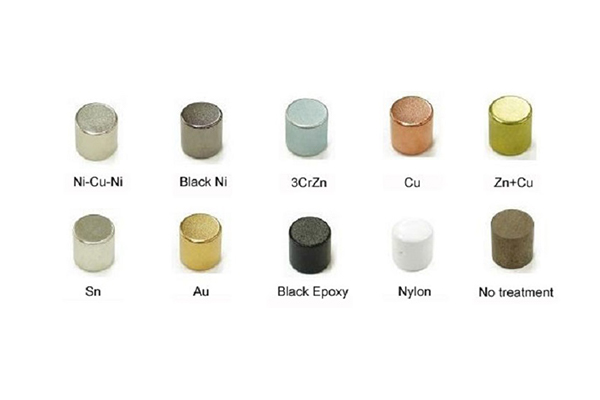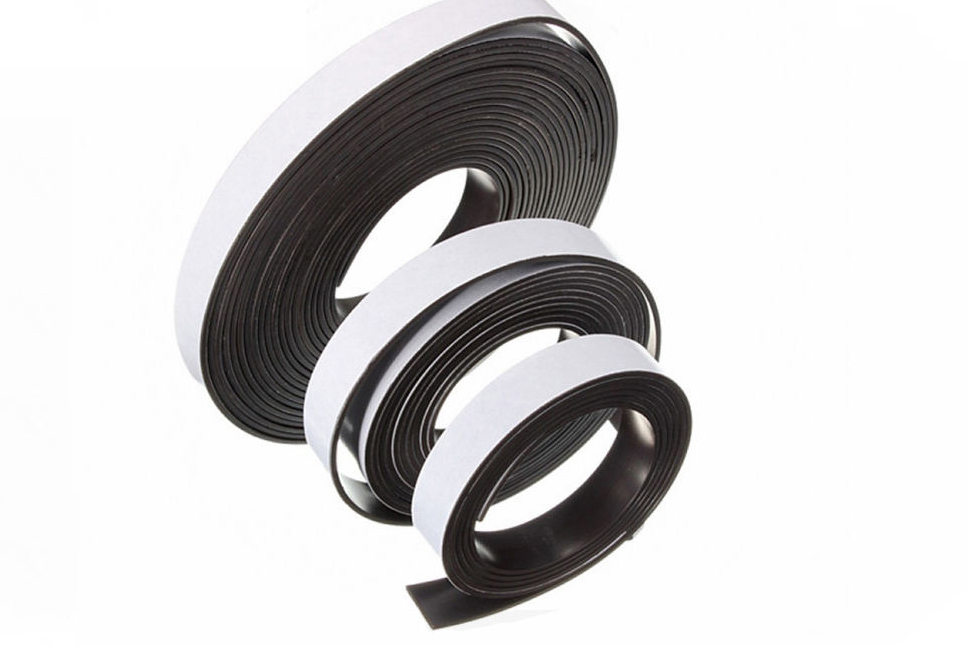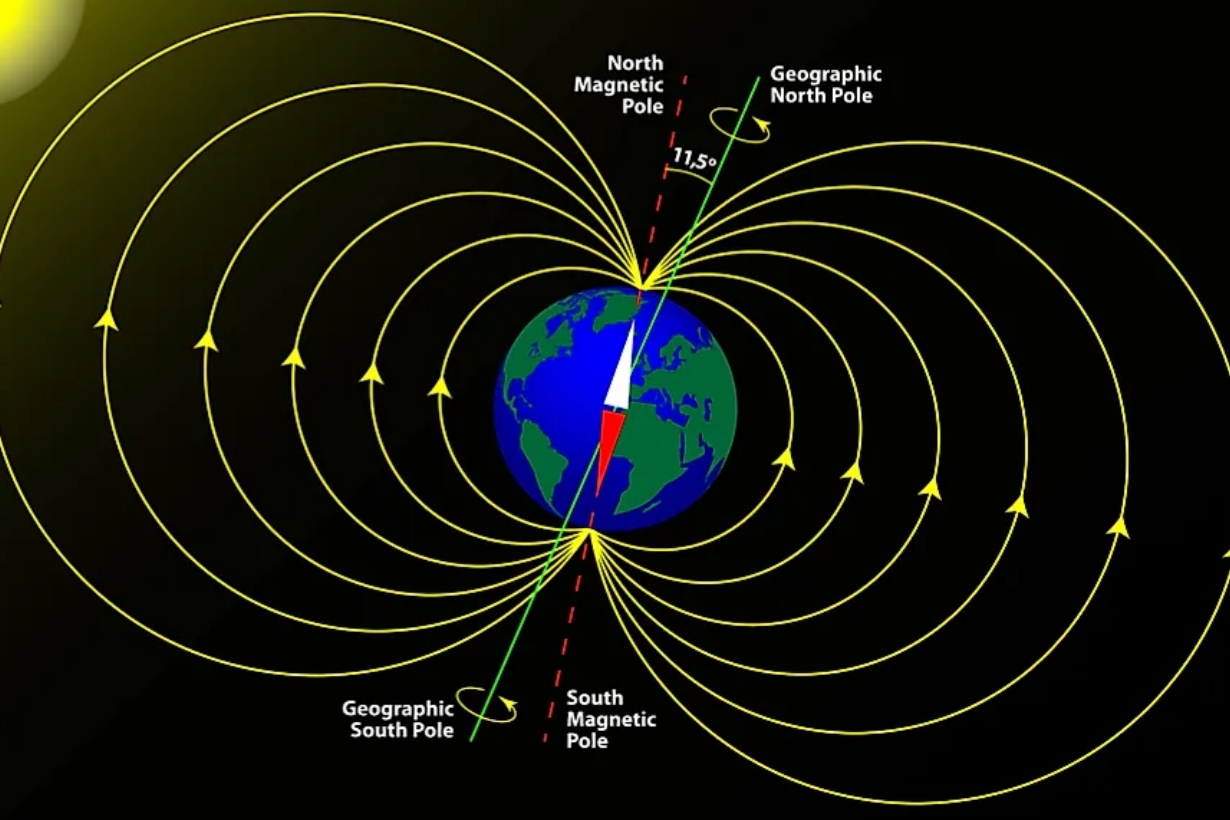Coatings & Adhesives of Neodymium Magnets
Neodymium magnet is also called the NdFeB magnet. The BHmax of this magnet is greater than that of the samarium cobalt magnet. It is also the most commonly used rare earth magnet. Neodymium Magnets are widely used in electronic products, such as hard drives, mobile phones, earphones, and battery-powered tools. In this article, let's take a deeper look at the coatings & adhesives of neodymium magnets.

Coatings & Adhesives of Neodymium Magnets
The Coatings of Neodymium Magnets
As we know, neodymium magnets are very hard but very brittle. In addition, since neodymium magnets also contain iron, they are easily corroded if they are not coated. Over time, even atmospheric moisture can cause corrosion of uncoated neodymium magnets. If the magnet corrodes, it will weaken and crack. This is why at Stanford Magnets we provide all our customers with three-layer coated magnets (unless otherwise specifically requested). The typical coating for neodymium magnets is a layer of nickel, then a layer of copper, and then another layer of nickel. However, neodymium magnets have many different coatings, including gold, rubber, and polytetrafluoroethylene (PTFE). The coating applied to the raw neodymium magnet depends on its purpose. Potential coatings include:
- Nickel-Copper-Nickel (Ni-Cu-Ni)
- Rubber
- Zinc (Zn)
- Nickel (Ni)
- Epoxy
- Gold (Au)
- Tin (Sn)
- Titanium (Ti)
- Titanium Nitride (TiN)
- Parylene C
- Everlube
- Chrome
- Polytetrafluoroethylene (PTFE)
- Nickel-Copper-Nickel, plus Rubber
- Zinc, plus Rubber
- Nickel-Copper-Nickel, plus Parylene
- Nickel-Copper-Nickel, plus PTFE
- Tin, plus Parylene
- Zinc Chromate
- Phosphate Passivation
During the manufacturing process, all the magnets from Stanford Magnets are thoroughly dried to prevent moisture from being trapped under the coating during the coating and electroplating process. If the neodymium magnet remains dry and is not affected by excessive heat, radiation, or strong external magnetic fields, it will not corrode and will maintain its magnetic output for many years. Permanent magnets lose magnetism at a rate of about 5% per 100 years, which means they are not permanent but handled with care, neodymium magnets will retain their magnetism for a long time under proper conditions.















